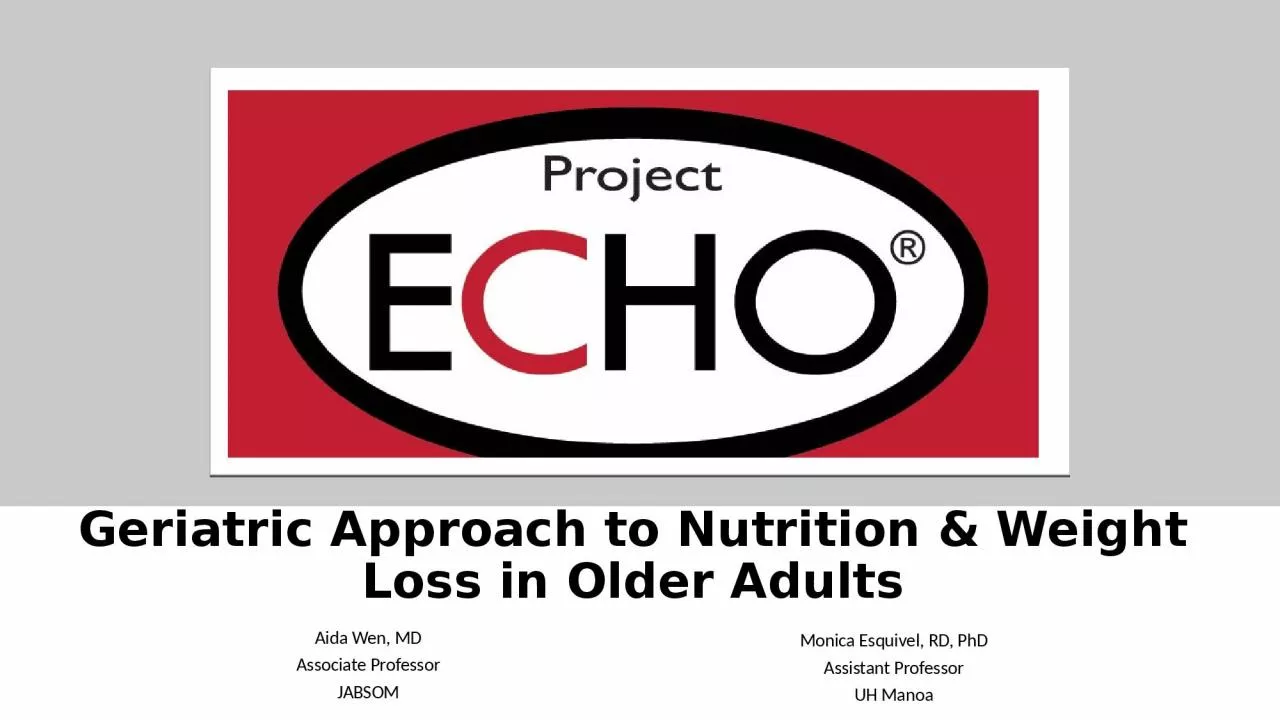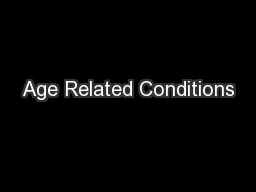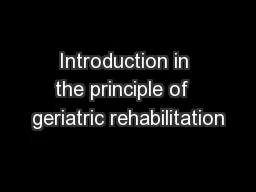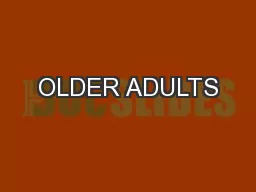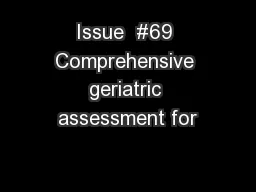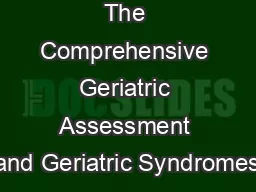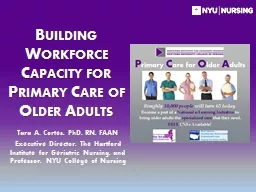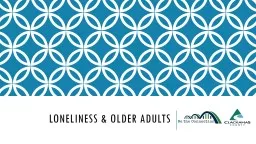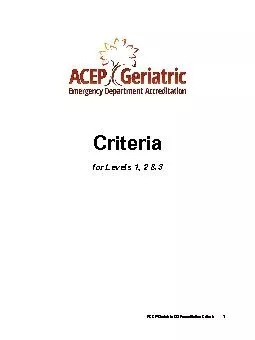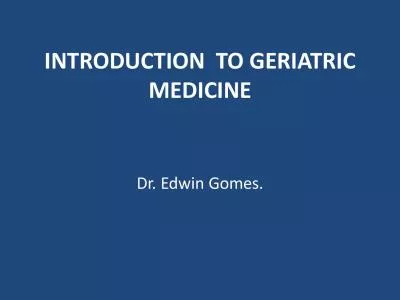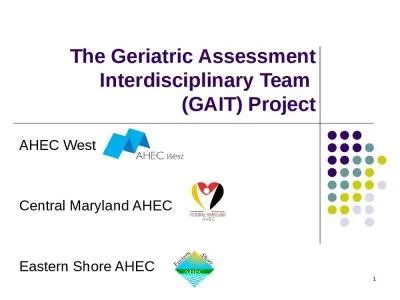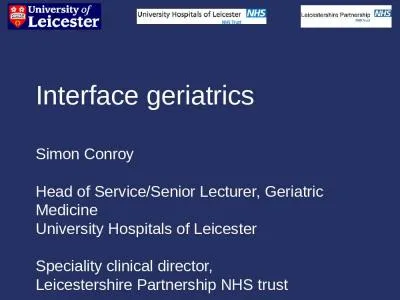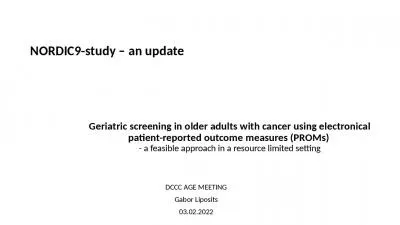PPT-Geriatric Approach to Nutrition & Weight Loss in Older Adults
Author : Masterchief | Published Date : 2022-08-04
Monica Esquivel RD PhD Assistant Professor UH Manoa Aida Wen MD Associate Professor JABSOM Learning Objectives Understand the Nutritional Needs of Older Adults
Presentation Embed Code
Download Presentation
Download Presentation The PPT/PDF document "Geriatric Approach to Nutrition & We..." is the property of its rightful owner. Permission is granted to download and print the materials on this website for personal, non-commercial use only, and to display it on your personal computer provided you do not modify the materials and that you retain all copyright notices contained in the materials. By downloading content from our website, you accept the terms of this agreement.
Geriatric Approach to Nutrition & Weight Loss in Older Adults: Transcript
Download Rules Of Document
"Geriatric Approach to Nutrition & Weight Loss in Older Adults"The content belongs to its owner. You may download and print it for personal use, without modification, and keep all copyright notices. By downloading, you agree to these terms.
Related Documents

